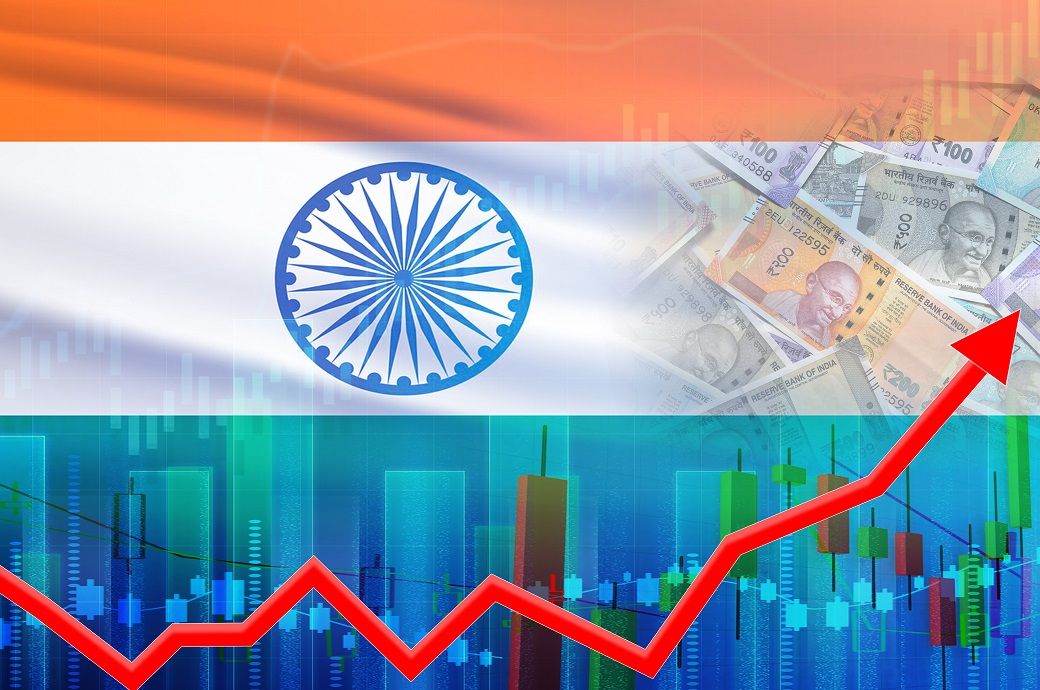
The global economy is projected to expand by 2.7 per cent in these years, the same pace as in 2024, as inflation and interest rates decline gradually.
Growth in developing economies is also expected to hold steady at about 4 per cent over the next two years. This, however, would be a weaker performance than before the pandemic—and insufficient to foster the progress necessary to alleviate poverty and achieve wider development goals, the report noted.
Developing economies—which fuel 60 percent of global growth—are projected to finish the first quarter of the 21st century with the weakest long-term growth outlook since 2000, the World Bank said.
Even as the global economy stabilizes in the next two years, developing economies are expected to make slower progress in catching up with the income levels of advanced economies.
Since 2014, with the exception of China and India, the average per capita growth rates of income in developing economies have been half a percentage point lower than that in wealthy economies, widening the rich-poor gap.
“The next 25 years will be a tougher slog for developing economies than the last 25,” said Indermit Gill, the World Bank Group’s chief economist and senior vice president for development economics.
“Most of the forces that once aided their rise have dissipated. In their place have come daunting headwinds: high debt burdens, weak investment and productivity growth, and the rising costs of climate change. In the coming years, developing economies will need a new playbook that emphasizes domestic reforms to quicken private investment, deepen trade relations, and promote more efficient use of capital, talent and energy,” he noted in a press release from the bank.
Over the next two years, developing economies could face serious headwinds, the report noted. High global policy uncertainty could undercut investor confidence and constrain financing flows. Rising trade tensions could reduce global growth.
Persistent inflation could delay expected cuts in interest rates. Yet the global economy could also do better than expected—especially if its largest engines, the United States and China, manage to gain steam.
In China, additional stimulus measures could boost demand. In the United States, robust household spending could result in stronger-than-expected growth, with beneficial effects for developing economies.
Developing economies have many options to improve their growth prospects, despite the headwinds, the report argued. With the right policies, these economies can even transform some challenges into significant opportunities.
Addressing infrastructure needs, speeding up the climate transition, and improving human capital can improve growth prospects while also helping to achieve climate and development goals, it hoped.
ALCHEMPro News Desk (DS)
Receive daily prices and market insights straight to your inbox. Subscribe to AlchemPro Weekly!